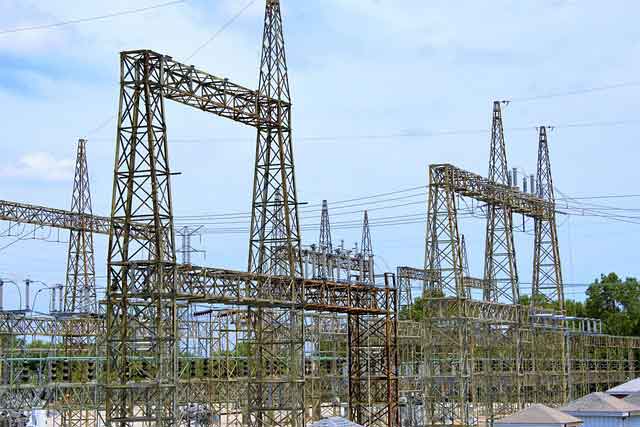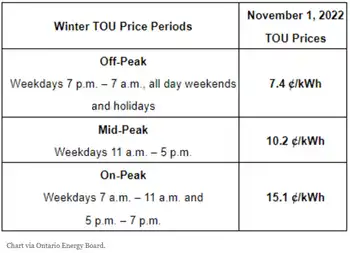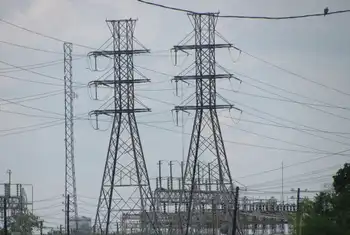China offers big solar subsidy
Shares of Suntech Power Holdings Co Ltd soared 9 percent, Yingli Green Energy Holding Co Ltd climbed 10 percent, Trina Solar Ltd rose nearly 9 percent and JA Solar Holdings Co Ltd was trading nearly 8 percent higher.
"This is very positive for the solar sector and positive for solar stocks out there," said Christine Wang, an analyst with HSBC.
Beijing's bid to boost the solar energy sector could draw more than $10 billion in private funding for projects and put China on track to become a leading market for solar equipment in the next three years.
As the world's top greenhouse gas polluter, China is trying to catch up in a global race to find alternatives to fossil fuels, blamed for carbon emissions affecting the planet's climate.
The Ministry of Finance said the government will subsidize 50 percent of investment for solar power projects as well as relevant power transmission and distribution systems that connect to grid networks.
For independent photovoltaic power generating systems in remote regions that have no power supply, the subsidy will rise to 70 percent, the ministry said in an announcement on its website.
Grid companies are required to buy all surplus electricity output from solar power projects that generate primarily for the developers' own needs, at similar rates to benchmark on-grid tariffs set for coal-fired power generators.
To qualify for the subsidy, in addition to other requirements, each project must have a generating capacity of at least 300 kilowatt peak, while construction will have to be completed in one year and operations will have to last for at least 20 years.
The government plans to install more than 500 megawatts of solar power pilot projects in two to three years. But the total generating capacity in such pilot projects in each province in principle should not exceed 20 megawatts, the ministry said.
In March, the Finance Ministry said it would provide 20 yuan per watt peak (Wp) of subsidy for projects attached to buildings that have capacity of more than 50 kilowatt peak, which could cut the power generating cost by around half to about 1 yuan per kilowatt-hour.
China is expected to raise its 2020 solar power generation target more than fivefold to at least 10 GW. With incentives, analysts expect over 2 GW in new solar capacity will be installed as early as 2011, up from just over 100 MW in 2008.
Related News

Manitoba looking to raise electricity rates 2.5 per cent each year for 3 years
WINNIPEG - The Manitoba government is planning to raise electricity rates by 2.5 per cent a year over the next three years.
Finance Minister Scott Fielding says the increases, to be presented in a bill before the legislature, are the lowest in a decade and will help keep rates among the lowest in Canada.
Crown-owned Manitoba Hydro had asked for a 3.5 per cent increase this year to help pay off billions of dollars in debt.
“The way we figured this out, we looked at the rate increases that were approved by PUB (Public Utilities Board) over the last ten years, (and) we…




